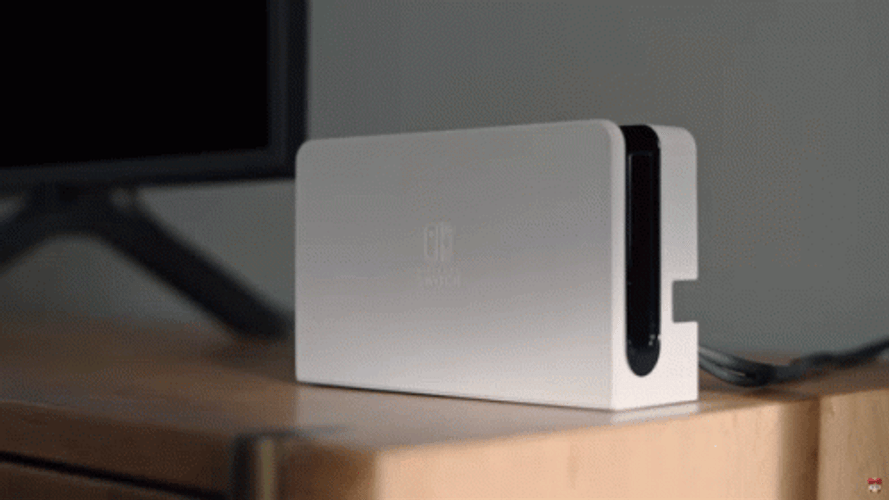yes... at least docked. it will be anywhere between an RTX 3050 Mobile and an RTX 3050ti Mobile
(the test in this video/screenshot was without using DLSS, but instead using FSR2, which runs slower than DLSS)
we know it uses the Tegra T239.
the Tegra T239 has 1536 CUDA cores.
if we assume it runs at 1ghz when docked:
1000 × 1536 × 2 = 3.072.000 (3.072 TFLOPS)
clock × CUDA cores × 2
this falls in line with a mobile RTX 3050 (~2.916 TFLOPS)
if we assume it reaches the exact same clock speed that the Tegra X1+ (used in the Switch OLED) can reach (1.267ghz)
1267 × 1536 × 2 = 3.892.224 (3.892 TFLOPS)
clock × CUDA cores × 2
this falls in line with a mobile RTX 3050ti (~3.763 TFLOPS)
next question





